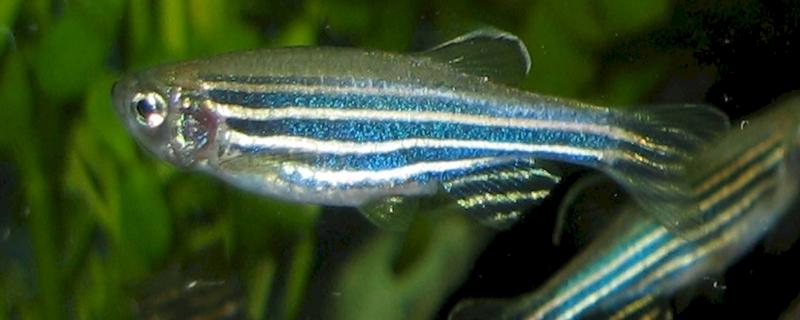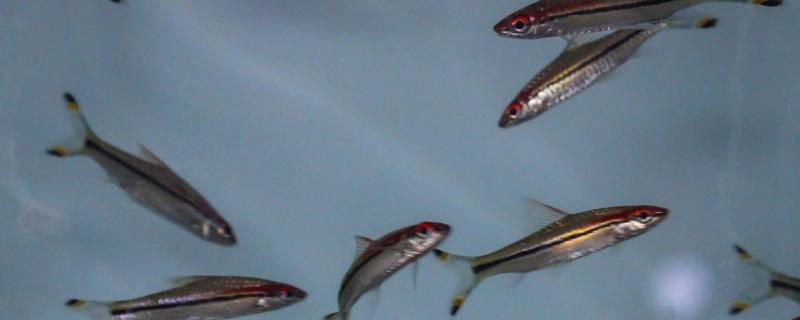An aerial view of the Tungabhadra dam in Karnataka [Image Credits: Bishnu Sarangi from Pixabay]
A new review reveals that rising global temperatures, increased pollution, and extreme weather events are driving a global surge in eye diseases, disproportionately affecting vulnerable communities and challenging healthcare systems.
Roorkee/

![An aerial view of the Tungabhadra dam in Karnataka [Image Credits: Bishnu Sarangi from Pixabay] Dams in the Western Ghats are altering the water and impacting the fish](/sites/researchmatters/files/styles/large_front_800x320/public/fishesalka1.jpg?itok=RmubcXkU)



![Zebrafish (Danio rerio) Image credits [By Azul - Own work, Copyrighted free use, https://commons.wikimedia.org/w/index.php?curid=260841] Study shows zebrafish use visual cues to find food in turbid water](/sites/researchmatters/files/styles/large_front_800x320/public/zebrafish.jpg?itok=YeFxEM_0)
